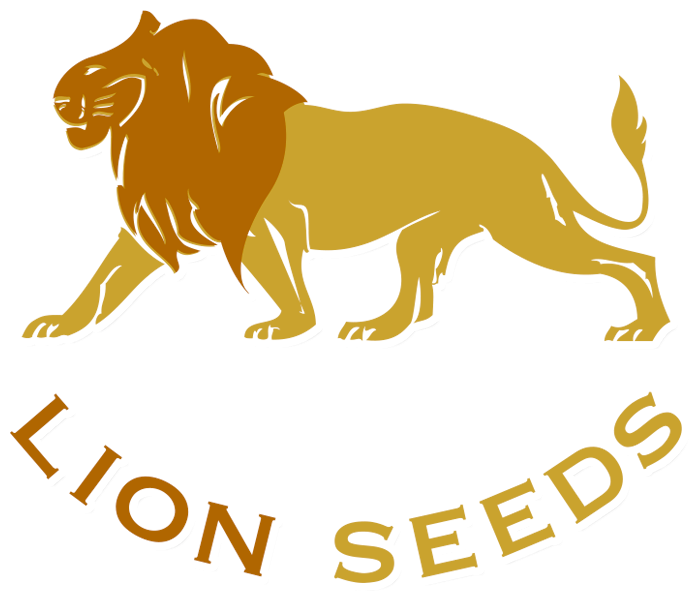Coriander – Growers’ Guide

Coriander
Season
Can growth a round year these is low temperature but Best winter
Soil
Loam, clay loam, good irrigation, pH 5.0 – 6.0 To plough the soil with dry sun 7-10 days To plough the soil deep 20-25 cm. Additional manure rate 1.5-2.0 ton/rai plot wide 100 – 120 cm. high 25-30 cm. Use straw to thin cover
Agriculture
sowing seeds after germination plant have leaf 4-5, pull select space 10-15 x 10-15 cm. Fertilizer 1. With plough fertilizer manure rate 1,500- 2,000 Kg./Rai 2. After plant 7-10 days formula 21-0-0 or 46-0-0 rate 35-40 Kg./Rai 3. After plant 20-25 days formula 15-15-15 rate 30 -35 Kg./Rai
Maturity: 35-45 days after sown
CORIANDER FACTS: Spanish Cilantro, dried fruit, common name of the seed of Coriandrum sativum, a feathery annual herb of the family Apiaceae (Umbelliferae). Native to the Mediterranean and Middle East regions, the herb is cultivated in Europe, Morocco, and the United States for its seeds, which are used to flavour many foods, particularly sausages, curries, Scandinavian pastries, liqueurs, and confectionery, such as English comfits.
Its delicate young leaves arewidely used in Latin-American, Indian, and Chinese dishes. Records of the use of coriander date to 5000 BC. The Romans used it to flavour bread. It was once used as an aromatic and carminative, but its only modern use in medicine is to mask unpleasant tastes and odours of drugs.
Its delicate young leaves arewidely used in Latin-American, Indian, and Chinese dishes. Records of the use of coriander date to 5000 BC. The Romans used it to flavour bread. It was once used as an aromatic and carminative, but its only modern use in medicine is to mask unpleasant tastes and odours of drugs.
